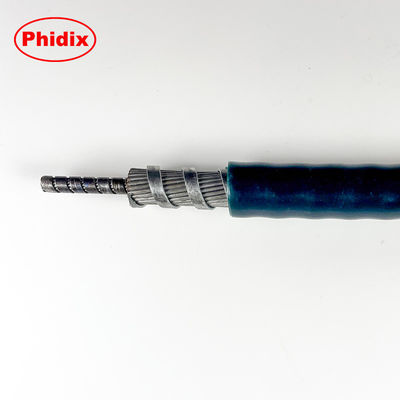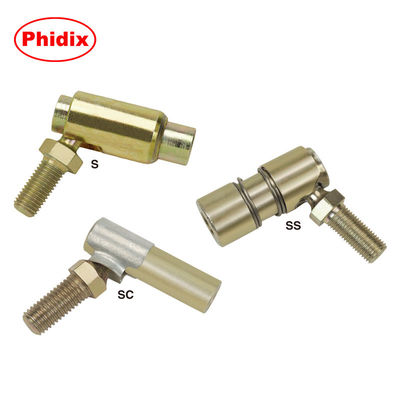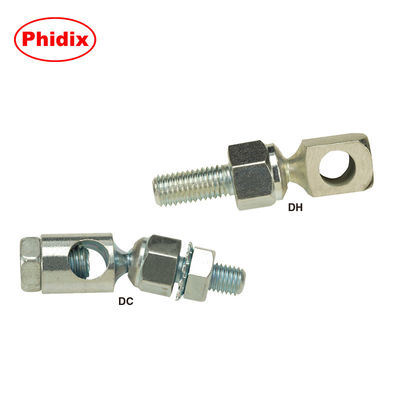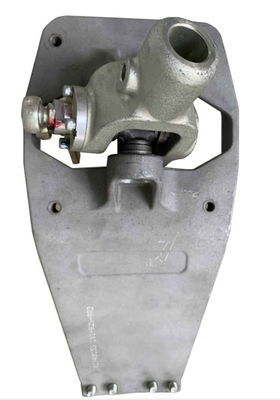Vi siete mai trovati a fissare un vano motore, un sistema di freni o una casella di controllo e a chiedervi: quale cavo si adatta qui?
Non sei sola.
Scegliere il giusto cavo di controllo pull-only non significa solo scegliere lunghezza e connettore.e come quel cavo si comporta sotto pressione, calore e movimento.
Abbiamo aiutato centinaia di ingegneri, meccanici e OEM a capirlo, quindi ecco la nostra dettagliata descrizione di come fare la scelta giusta.
1. Inizia con il tipo di applicazione
Non tutti i cavi sono creati uguali, e certamente non tutti sono progettati per lo stesso lavoro.
- Controlli il freno di parcheggio di una roulotte?
- Regolare l'acceleratore di un generatore?
- Innescare una frizione su un camion o su un pezzo di attrezzatura?
Ecco un breve foglio di trucchi per iniziare:
| Applicazione |
Serie di cavi più adatti |
| Controllo del freno di stazionamento |
Serie di freni (1500 lb / 3000 lb) |
| Fermo dell'acceleratore |
Serie T-Flex o di frizione |
| Controllo manuale della frizione |
Serie di frizioni |
| Serratura / leve della porta |
Serie di tensione |
2Comprendi i tuoi requisiti di carico
Se il cavo tira 100 libbre o meno, non deve essere costruito come un serbatoio.
- Carico leggero?→ Serie T-Flex o Tensione
- Un'attacco pesante?→ 3000 lb Serie di freni o frizioni di alta resistenza
Suggerimento: l'eccesso di specifiche costa di più e non sempre aiuta.
3. Considera l'ictus, la reazione e l'ambiente
I cavi sono fatti di movimento, ma di quanto hai bisogno?
- Colpo:La distanza totale che il nucleo interno si muove
- Risposta negativa:Quanto "lassare" puoi tollerare prima del fidanzamento
- Condizioni di lavoro:Caldo estremo, curve strette, forti vibrazioni?
Se si lavora in ambienti ristretti o ad alta temperatura, si consiglia di utilizzare le varianti T-Flex o Clutch.
- Hai bisogno di dettagli?grafico di confronto qui →
4- Mettete le attrezzature a posto.
Non importa quanto sia forte il cavo, se le estremità non corrispondono al tuo hardware, non andra' da nessuna parte.
Qualche breve indicazione:
| Tipo di apparecchio |
Uso comune |
| Clevis |
Azionamento del freno, leve regolabili |
| Fabbricazione a partire da semi di legno |
Montaggio in cruscotti compatti |
| Sfera a scanalatura |
Dispositivi di accelerazione o di frizione per autoveicoli |
Se non sai quale ti serve, fa'ci un disegno o una foto e ti consigliamo la migliore.
5Pensate a come lo installerete.
Troppi buoni cavi vanno sprecati perché sono un incubo da installare.
Hai bisogno di:
- Routing a curva acuta?
- Lunghezza regolabile sul posto?
- Materiali resistenti alla corrosione?
Queste opzioni non sono solo "buone da avere", ma possono risparmiare ore di lavoro ed evitare futuri tempi di inattività.
Ecco una rapida ripartizione:
- T-Flex→ rotta stretta, ottima per i pannelli del cruscotto
- Tensione→ finitura pulita, semplice montaggio
- Imbroglio→ durata del vano motore sotto calore
- Freno da 3000 libbre→ resistente alle vibrazioni
Pensieri conclusivi
Sei in buona compagnia.
Ci dica cosa fa il suo sistema, quanto spazio ha e che tipo di movimento ha bisogno.
Invia il tuo caso di utilizzo qui →

 Il tuo messaggio deve contenere da 20 a 3000 caratteri!
Il tuo messaggio deve contenere da 20 a 3000 caratteri! Si prega di controllare la tua email!
Si prega di controllare la tua email!  Il tuo messaggio deve contenere da 20 a 3000 caratteri!
Il tuo messaggio deve contenere da 20 a 3000 caratteri! Si prega di controllare la tua email!
Si prega di controllare la tua email! 











